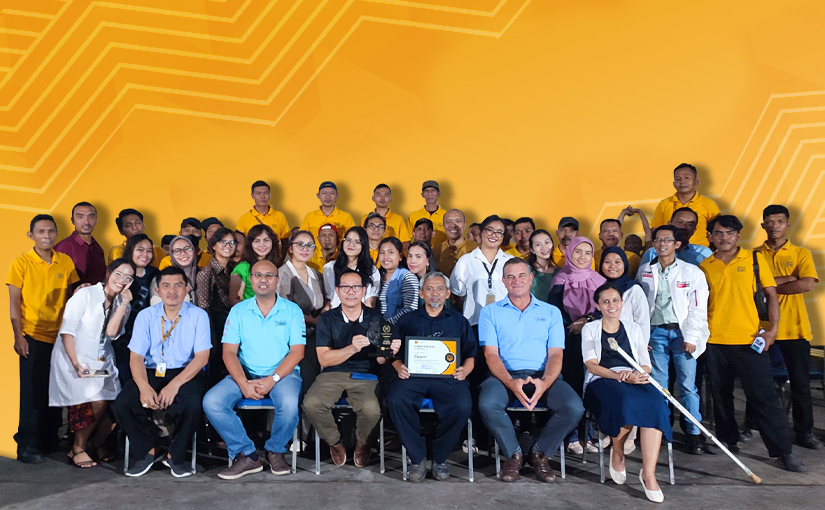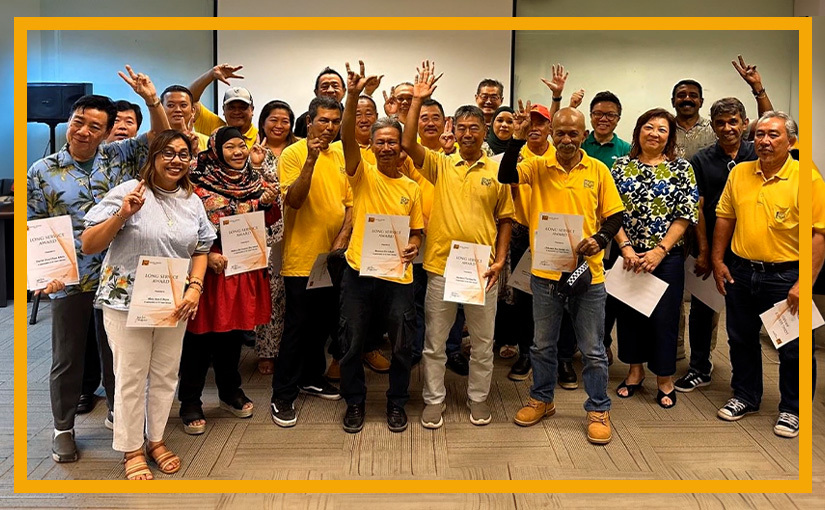How to Move to South Korea

Moving to South Korea is a chance for an electrifying opportunity, steeped in rich culture, modern living, and lively city life. Those who have intentions to move in the country due to work, studies, and other reasons, knowing the steps of moving to South Korea will definitely help a lot for a hassle-free transition. The following guide will help you understand how to shift to South Korea: visa acquisition, visa application processes, and getting settled and starting with life over there.
Step 1: Visa Requirements
The very first move needed for moving to South Korea is visa acquisition. The type of visa one needs greatly varies depending on the purpose of his move; he can be going for job pursuit or study or long-term residence.
- Work Visa (E-series): Preparing to work in South Korea? Then going to apply for a working visa. The most common types include E-2 for those who come to the country to learn to teach English and E-7 for professionals specializing in specific fields.
- Student Visa D-2: If you’re about to move to South Korea to study, apply for a D-2 visa. To apply, you have to own an acceptance letter from any of the university-based schools in Korea.
- Spouse Visa [F-6]: If you are married to a South Korean citizen, you can apply for an F-6 visa that will enable you to live and work in the country.
- Long-Term Residency Visa [F-2]: This category of visa is for those who want to obtain long-term residency in South Korea, usually after residing in the country for some years.
Application Tips:
- Plan your budget: Most visa categories, be it a work visa, study visa, or even tourist visa, generally ask for proof of employment, financial stability, or study enrollment. Just ensure that you have all documents required beforehand.
- Take Adequate Time: The processing time for all visa applications varies, so apply as early as possible. Give yourself extra time in case of any unexpected delays.
Step 2: Research Living Costs and Budget
Understanding the cost of living in South Korea is key to planning your move. The costs vary greatly depending on whether you choose to reside in a key city such as Seoul or in a small town.
Main Expenses
- Accommodation: Rental may really get very expensive in key cities like Seoul. Think about whether you would like to reside in just a simple apartment, officetel (a type of studio apartment), or shared.
- Food: Although eating out is easy and cheap in South Korea, food can be expensive, especially imported goods. If you find the local food repetitive, you can purchase cooking ingredients at a reasonable price.
- Transportation: South Korea is well connected by public transport, which includes buses and subways. Get yourself a T-money card to move around with minimum hassle.
- Healthcare: Healthcare in South Korea is first-class and relatively affordable. You must understand the health system and also should consider enrolling in the National Health Insurance (NHI) program.
Step 3: Find a Place to Live
Deciding on the right place to live is most crucial when moving to South Korea. The choice shall depend on your budget, lifestyle, and proximity to your place of work or school.
Housing
- Apartments: Most of the expats stay in apartments. The rent, of course, completely depends on the location, size, and facilities.
- Officetel: These are studio apartments and mostly fitted with built-in furniture and equipment. These units are preferred by singles and young professionals.
- Shared Housing: Sometimes a guesthouse or a shared house will be more budget-friendly, and especially, if you want to save some money.
- Key Money Deposit [보증금]: South Korea has an exclusive rental system where a large security deposit, often in the range of thousands to tens of thousands of dollars, is required, and it is referred to as “key money.” Ensure to budget for this cost in your initial tracks.
- Real Estate Agents: It is advisable to engage the services of a local real estate agent with whom you can be helped navigate the rental market and conditions of the lease.
Step 4: Learn the Language
Living in South Korea without a Korean language background is possible, but learning the language makes the experience even more amazing. It can help you blaze through all kinds of more everyday situations, help you make friends, and take a step into the local culture.
Some Language Learning Tips:
- Take Korean classes: There are lots of university and institute classes for foreigners. That would be a good chance to sit in the class.
- Language Apps: Some of the great apps are Duolingo, Memrise, and HelloTalk.
- Language Exchange Program: The language exchange program allows you to practice Korean, and in return, you can offer your native language.
Step 5: Prepare for Cultural Differences
Moving to South Korea is adapting to a different culture with unique customs and traditions—a new level of social norms to comprehend and acknowledge cultural differences in order to have an easy transition.
Major Cultural Dimensions
- Hierarchy and Respect: The country of South Korea exudes a hierarchical society where the richness of the structural form is well projected through the language, gestures, and forms of social interaction amid juniors and seniors.
- Group Culture: The South Korean culture is highly oriented towards community and group activities. Teamwork and group harmony are highly valued in the workplace or social life.
- Dining Etiquette: Dining out is a big part of Korean culture. Be prepared to share dishes, and always wait for the oldest person to start eating before you do.
Step 6: Handle Legal and Administrative Tasks
After you arrive in South Korea, there are various administrative things that you need to do.
Important to-dos
- Registration with Immigration: Basically, you must register with the local immigration office within 90 days of coming to the country.
- Bank Account: A bank account is an obvious necessity in the process of managing finances in South Korea. To open an account, you need your ARC and a valid passport.
- Health Insurance: You need to sign up for the National Health Insurance. This is a resident program that offers low-cost healthcare service.
If you have not already landed a job in South Korea before going, you will need to start looking for one the minute you land.
Job Search Methods
- Networking: It is vital to network in South Korea. Attend local events and other expat communities that can get you introduced to those in similar fields to you.
- Go through Job Boards: Use JobKorea, Saramin, and LinkedIn for openings in your field.
- Travel English: A favorite way to earn money for many expats. There is always the option of applying for work at EPIK (English Program in Korea) or with a private language school.
Step 8: Enjoy and Explore
After you move to South Korea, make sure to enjoy the fun there.
Important Places to be Visited:
- Gyeongbokgung Palace – One of the landmarks noticed in Seoul. This palace is a gateway to Korea’s royal past.
- Jeju Island: A popular tourist destination, characterized by its splendid beaches, volcanic landscapes, and hiking trails
- Hiking: South Korea can obviously be considered a paradise for all hikers of varied potentialities, since it has lots of trails, from an easy walk to easy climbs.
Conclusion
A move to South Korea is one of the most life-altering experiences one could ever go through, and it must be planned for with great care. In doing so through these steps, you’ll be most adequately placed to make a smooth adjustment to your new life in South Korea. This guide takes you through all you need to have a successful move to South Korea—from securing the right visa to settling into your new home.
If you’d like to discover the latest information about the moving and relocation world, please also check other industry news from Asian Tigers Group.
Your trusted moving support is only a few clicks away from your hand. Contact the Asian Tigers office near your origin or destination for your next move. You can also check our Frequently Asked Questions resource, AI-powered by Tiger Move Bot.











